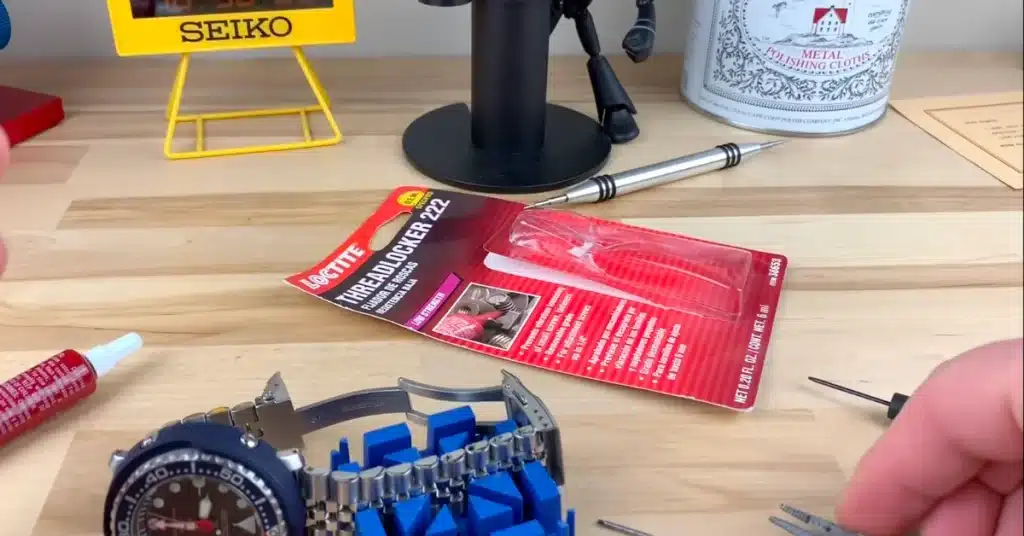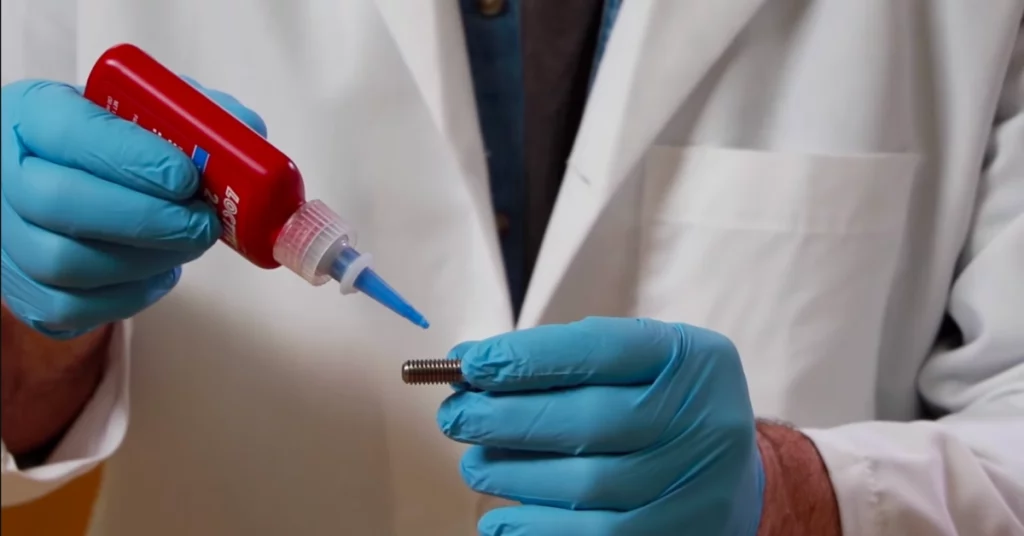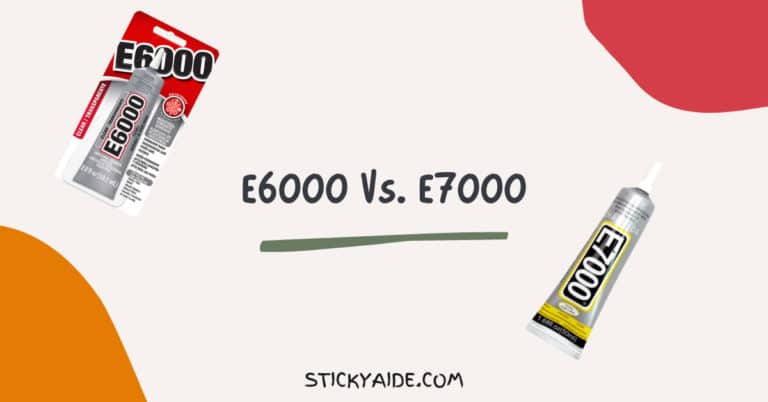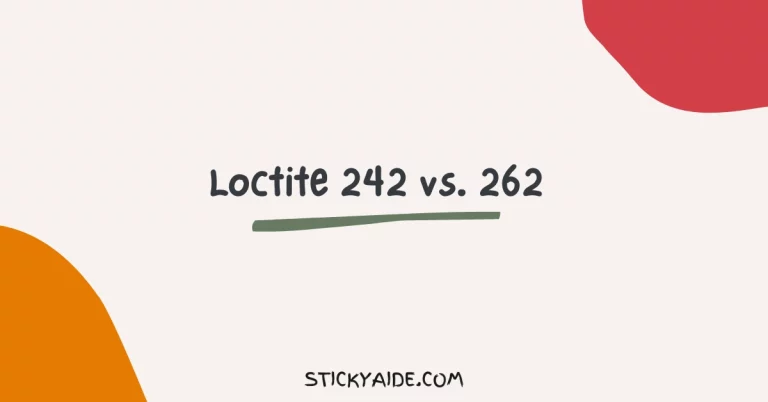When screws or bolts loosen due to vibration, shock, or thermal expansion, you may consider using a threadlocker. It is a liquid or semi-solid adhesive that fills the gaps between the threads of a fastener and hardens.
Loctite 221 and 222 are both low-strength threadlockers. The only slight difference between them is the breakaway torque. On 221, the torque is 8.5 Newton meters, while 6 Newton meters for the Loctite 222.
In this article, I will examine Loctite 221 vs. 222 and help you decide the right choice for your application.
Read More: Loctite 222 vs. 243
Loctite 221 Vs. 222
Overview of Loctite 221

Loctite 221 is a methacrylate-based low-strength thread-locking adhesive. It cures without air between close-fitting metal surfaces and prevents loosening and leaks. It also seals the threads against corrosion and contamination.
Loctite 221 is purple in color and has a low viscosity. It can be used with fasteners ranging from 1/4″ to 3/4″ in diameter. It has a temperature range of -65°F to 300°F. It has a fixture time of 10 minutes and a full cure time of 24 hours.
It has a breakaway torque of 8.5 Newton meters, which means the force needed to start loosening a fastener after applying the threadlocker.
Overview of Loctite 222
Loctite 222 is a low-strength, slow-curing adhesive for locking and sealing threaded fasteners. It prevents loosened fasteners from leaking during vibration, shock, or thermal expansion.
It is similar to Loctite 221 in terms of its compatibility with various materials and low viscosity. It can be used with fasteners ranging from 1/4″ to 3/4″ in diameter. It has a temperature range of -65°F to 300°F.
The threadlocker has a breakaway torque of 6 Newton meters, which requires a lot of force to loosen a fastener after it has been applied.

Read More: Loctite 222 vs. Loctite 222ms
How Do Loctite 221 And 222 Differ?
| Property | Loctite 221 | Loctite 222 |
| Strength | Low | Low |
| Breakaway Torque | 8.5 Newton meters | 6 Newton meters |
| Thread Size | Up to M12 | All metal-threaded assemblies |
| Disassembly | Easy with standard hand tools | Easy with standard hand tools |
Which One Should You Choose? Loctite 221 Or Loctite 222?
The choice between Loctite 221 and Loctite 222 depends on your specific needs and application. Both are low-strength threadlockers that allow for easy disassembly with standard hand tools.
Both Loctite 221 and 222 allow adjustment of screws, including countersunk head screws. They are particularly effective on low-strength metals, like aluminum or brass, that may break during disassembly.
They work on all metals, including passive substrates such as stainless steel, aluminum, and plated surfaces. Loctite 221 is designed for small threads up to a maximum size of M12, while Loctite 222 is suitable for all metal threaded assemblies.
Loctite 221 and 222 differ only in their breakaway torque, which is the amount of force needed to loosen a fastener after applying a threadlocker. On Loctite 221, the breakaway torque is 8.5 Newton meters, while on Loctite 222, it is 6 Newton meters.
This means Loctite 222 is easier to remove than Loctite 221, making it more suitable for applications requiring frequent adjustments.
It’s important to consider the size of the threads you will be using and the level of disassembly required when choosing between these two products.
Loctite 221 Equivalent / Alternative
Permatex Threadlocker Blue 242: Known for its reliability in providing low-strength locking and secure sealing for threaded fasteners. It’s removable and resistant to vibration and shock.
Read More: Loctite Blue Vs. Permatex Blue
Loctite 222 Equivalent / Alternative
Vibra-Tite VC-3 Threadmate: Tailored for smaller screws and fasteners, ensuring a low-strength, removable locking capability. Its unique formula allows for adjustment without compromising the locking effect.
What Is the Shelf Life of Loctite 221?
The shelf-life period for Loctite products is one year from the date of shipment, as indicated by package labeling.
Is Loctite 222 Permanent?
No, Loctite 222 is a low-strength threadlocker that allows for easy disassembly with standard hand tools.
Last Opinion
How would you vote on this debate between Loctite 221 vs. 222? Both Loctite 221 and Loctite 222 are excellent adhesives for locking and sealing threaded fasteners.
You can go for the Loctite 222 if you require frequent adjustments, as it is easier to remove than Loctite 221. Otherwise, you can use Loctite 221 for high breakaway torque.







